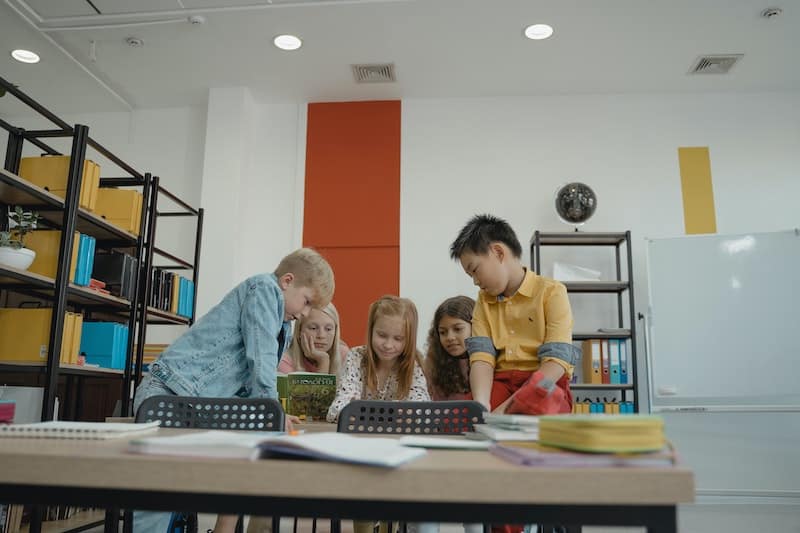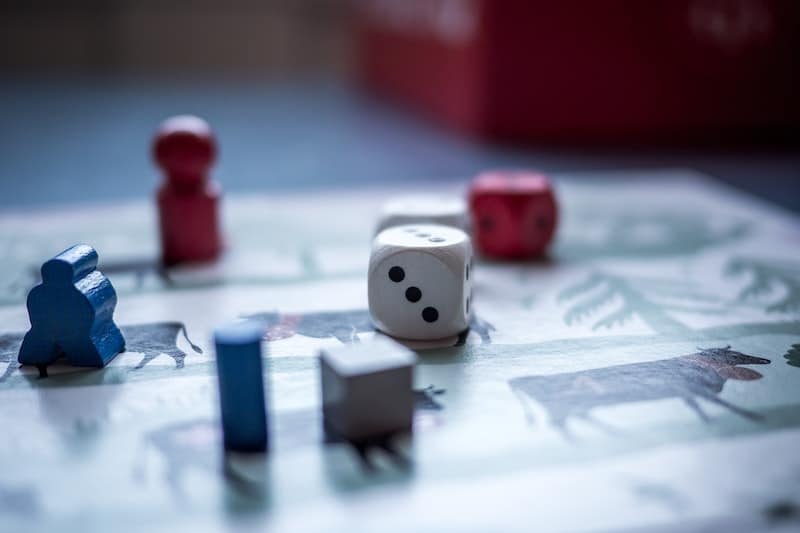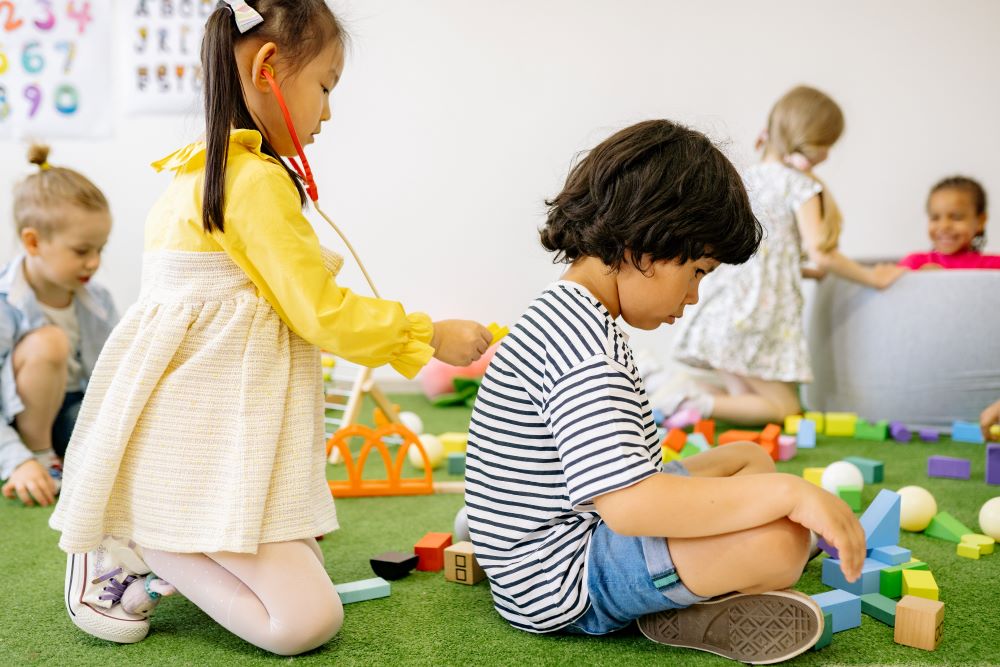Games create excellent teaching and learning experiences. Through games, we create microcosms of the world as a whole. In games, students can set rules and can practice setting and achieving goals. Perhaps among the most important advantages of games is the opportunity to practice behaviors. These behaviors are important for navigating life on so many levels.
The basic teaching technique of “see one, do one, teach one” is often the format of games. Additionally, games engage students on emotional and nonverbal levels. Therefore, students can learn social and emotional skills.
Games are particularly valuable for behaviors like sharing. Teaching sharing skills in the classroom through sharing games will give students a tool to develop stronger relationships.
Sharing is one of the fundamental behaviors of a well-socialized community. However, the act of sharing can cause internal conflict in children. Children below a certain age find it natural to share. At the same time, there’s a point when children discover that too much sharing means they have less for themselves. (GSE)
Designing Sharing Games for Elementary School Students
For kindergarten students, it’s important to design activities that give them a chance to practice sharing in a straightforward way. As children age and their minds develop more, lessons in sharing must also grow in complexity. More advanced lessons in sharing teach more complicated life skills. Sharing games, if designed well, can teach skills like negotiation, resource management, and community engagement. (PON) Well-designed sharing games for elementary students create layered learning opportunities.
Here are a few examples of sharing games for elementary students.
Resource Sharing Game

Based on studies made on the interplay of game theory and community, the Resource Sharing Game can be incorporated into other activities. (arxiv)
The basic idea is that some resource is controlled by an individual or subset of the main group. Maybe they control all the art supplies, cleaning supplies, or building supplies. Then the whole group is given a task to accomplish. The class is divided into groups, each with a part of the task to accomplish.
Every group will need to get supplies and tools from the kids with the job of distributing the supplies and tools.
This game creates an environment where children think about the nuances of sharing resources within a community. Nuances like:
- Temporal realities. Sometimes the resource isn’t available at the moment and they’ll need to wait until it is available.
- Scarcity. If there isn’t quite enough of a resource–such as there’s not quite enough purple paint–they might be required to come up with an imaginative solution. Maybe the community will need to be more careful with its sharing. Maybe the community will need to find some replacement resources. Maybe the community will need to find an alternative source of the resource such as finding red paint and blue paint and mixing them together.
- Organization of sharing. At a basic level, sharing is transactional. (I.e. You and I share our toys.) In a more advanced setting, sharing might have a broader implication. For instance, learning how to share with members of the larger community rather than their immediate circle may require a little more persuasion. They might also have to learn how to share with people outside of that community.
- Negotiation. Children generally grow to be more successful adults when they learn from an early age how to get what they want and need through polite negotiation.
The Pizza Sharing Game
Also known as the Concurrent Graph Sharing Game, the Pizza Sharing Game has a simple setup. However, in spite of its simplicity, it provides a fertile learning environment for teaching kids the social and emotional depths of sharing. (arxiv)
To start, two kids get a handful of objects put between them. It can be toys or snacks, or construction paper made to look like pizza. They take turns taking one or two objects from the middle. The game is over when the last object is picked up.
The Pizza Sharing game can be played in a couple of ways:
- Make the end goal to take the last piece or item.
- Or have the person they’re playing with take the last item.
The game provides children with the experience of making plans with their resources. Sometimes sharing is more complicated than “you get some and I get some.” In adulthood, sharing sometimes means making strategic and sometimes difficult decisions about who gets what. It also challenges the idea of making sure the right people get the right stuff. The Pizza Sharing Game encourages students to approach sharing with a problem-solving attitude.
Cooperative Board Games

Stuff isn’t all that’s shared. Playing board games in a cooperative way helps students learn how to share less physical things like:
- Responsibility
- Goal setting
- Authority
- A sense of success or failure
It’s important that students rotate roles when they play board games cooperatively. Some kids have a natural tendency to take charge. Other kids might naturally give way to other students. That is a perfect dynamic to interrupt for educational purposes so that all children can learn more diverse social and emotional skills.
Teaching Sharing in the Classroom
The classroom is a place to stretch ideas and grow. Sharing can go far beyond what children learn in their preschool years.
For more social emotional learning ideas, click here.
From in-school visits to virtual learning activities, Soul Shoppe creates social emotional learning programs and resources for children, educators, and parents. Click for information on SEL programs for elementary schools, social emotional homeschooling, or our parent support programs.


